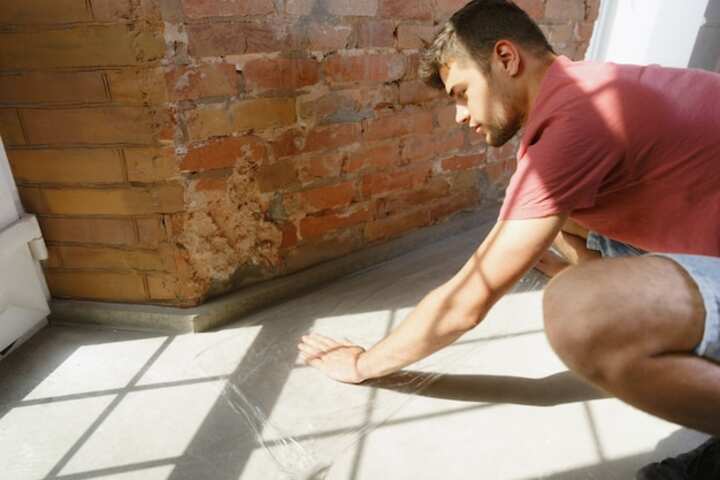
Expert Tips for Foundation Leak Detection and Slab Leak Repair
The structural integrity of any building is heavily reliant on its foundation. However, over time, foundations can develop leaks that compromise the safety and stability of the entire structure. Detecting and repairing these leaks, especially slab leaks, is crucial for maintaining the health of a building. This article will explore expert tips on how to effectively detect foundation leaks and address slab leak repairs.
Understanding Foundation Leaks
Foundation leaks are a common issue that can arise from various factors such as soil movement, water pressure, or poor construction practices. Identifying these leaks early is vital in preventing extensive damage.
Signs of Foundation Leaks
- Visible cracks in walls, floors, or ceilings.
- Unexplained water pooling around the foundation.
- Mold or mildew growth in unexpected areas.
- Sudden increase in water bills, indicating possible water loss.
- Musty odors emanating from the basement or crawlspaces.
Read more about this topic here.
Expert Tips for Detecting Foundation Leaks
Regular Inspections
Conducting regular inspections of the foundation is a proactive way to detect leaks early. Look for any signs of water intrusion or structural changes.
Utilize Technology
Advanced technology such as infrared thermography and moisture meters can help in identifying moisture levels and potential leaks that are not visible to the naked eye. Learn more in this detailed guide.
Check Plumbing Systems
Inspect plumbing systems regularly, as leaks within these can lead to foundation issues over time. Pay attention to any changes in water pressure or unusual sounds.
Slab Leak Repair Techniques
Addressing slab leaks promptly is essential to prevent further damage and costly repairs. Here are some effective techniques:
Epoxy Injection
Epoxy injection is a method used to fill and seal cracks in concrete foundations. This technique is ideal for minor leaks and helps restore the structural integrity of the slab. Explore further insights here.
Pipe Relining
This technique involves lining the existing pipes with a new pipe material, effectively sealing any leaks without needing to remove the entire pipe system.
Repiping
In cases where leaks are extensive, repiping may be necessary. This involves replacing the old plumbing system with new, more durable piping.
Jackhammering
Jackhammering is a more invasive method, which involves breaking through the concrete slab to access and repair the leaking pipes directly. Although effective, this method is typically considered a last resort due to its disruptive nature. Find additional information here.
Preventive Measures
While repairs are essential, prevention is equally important in managing foundation leaks:
Proper Drainage
Ensure the property has adequate drainage systems in place to direct water away from the foundation, reducing the risk of water accumulation and pressure.
Soil Maintenance
Maintain healthy soil conditions around the foundation by preventing erosion and ensuring balanced moisture levels to avoid soil movement.
Regular Maintenance
Schedule regular maintenance checks with professionals to assess the condition of the foundation and plumbing systems, identifying potential issues before they become severe.
By following these expert tips and employing effective detection and repair strategies, property owners can protect their investments and ensure the longevity of their structures. Explore further insights here.